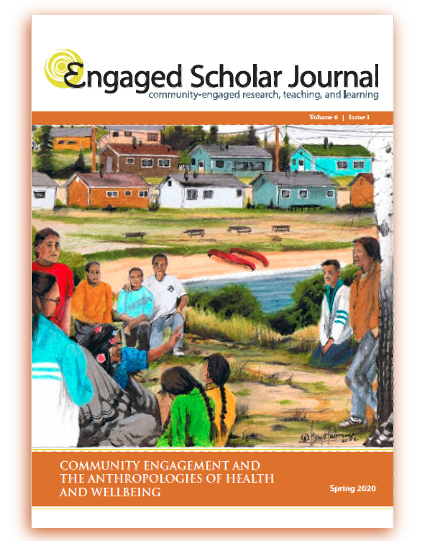Perspectives on Health: Working with Communities as Cultural Anthropologists and Bioarchaeologists
DOI:
https://doi.org/10.15402/esj.v6i1.70741Keywords:
Health; morbidity, community, physical, bioarchaeologyAbstract
The anthropological study of health has always been an integral part of the discipline. With the development of cultural anthropology and physical anthropology (specifically, bioarchaeology) in the nineteenth century came different theories and methodologies concerning the study and definition of communities. Still today, cultural anthropology and bioarchaeology share the same broad goals of exploring the evolving relationships between experiences of health and the community, culture, and environment (being natural, domestic, political, and social). That cultural anthropologists study extant cultures and bioarchaeologists do not has necessitated the evolution of different methodological practices. Here, I explore some of the differences between these two sub-disciplines: their differing notions of community, how they engage with communities, and the relevance of their work to the communities they study. I contextualize this analysis with a short discussion of the sub-disciplines’ co-evolution and ground it with examples from my research with middle Holocene Siberian, Russian Federation, and Anglo-Saxon to Post-Industrial British communities.
Published
How to Cite
Issue
Section
License
Authors who publish with this journal agree to the following terms:
- Authors retain copyright and grant the journal right of first publication with the work simultaneously licensed under a Creative Commons Attribution License CC BY 4.0 that allows others to share the work with an acknowledgement of the work's authorship and initial publication in this journal.
- Authors are able to enter separate, additional contractual agreements for the non-exclusive distribution of the journal's published version of the work (e.g., post it to an institutional repository or publish it in a book), with an acknowledgement of its initial publication in this journal.
- Authors are permitted to post their work online (e.g., in an institutional repository or on their website) after the publication of their work in the Engaged Scholar Journal.
- Please note that while every opportunity will be taken to ensure author participation in the editing process, due to time constraints final copyediting changes may be made before publication to ensure APA adherence throughout all submissions.




